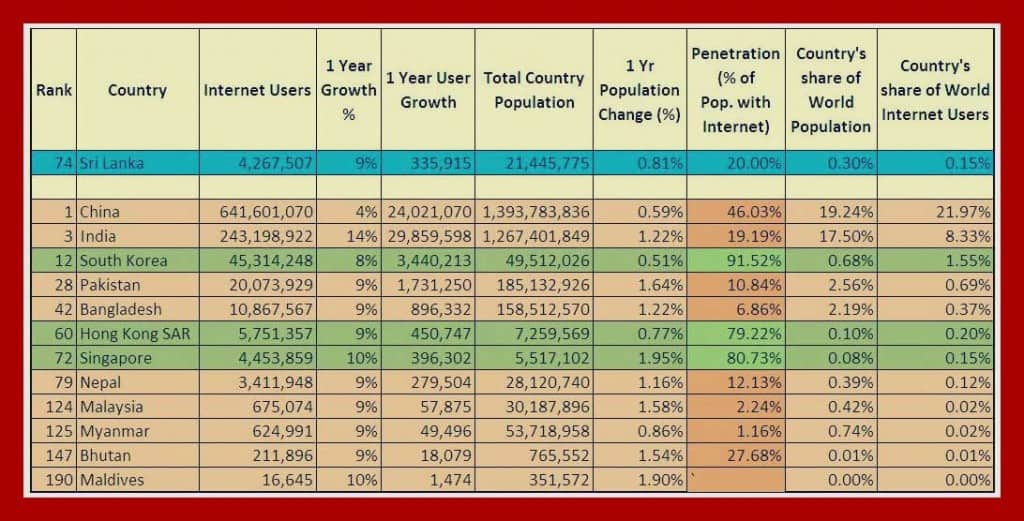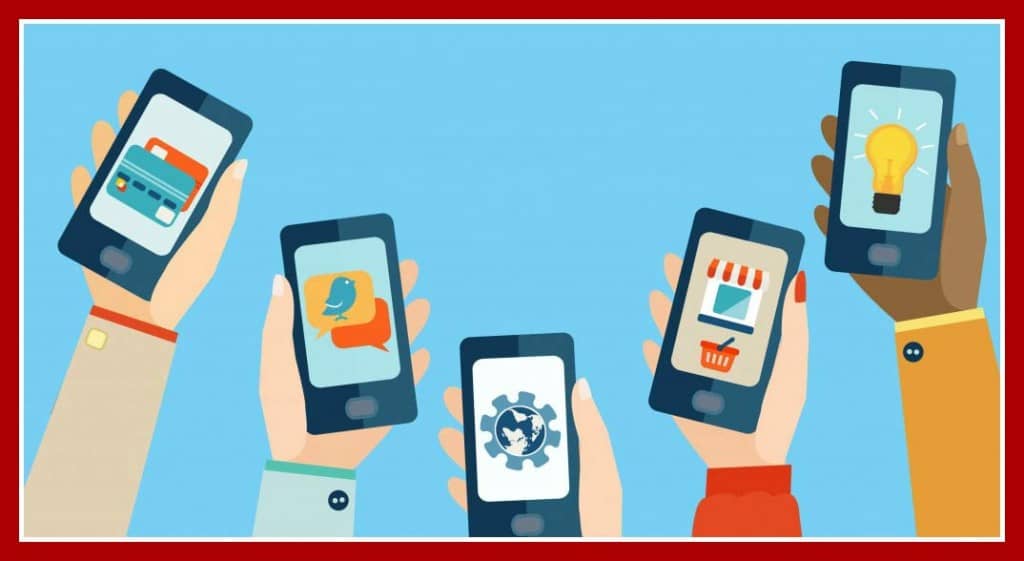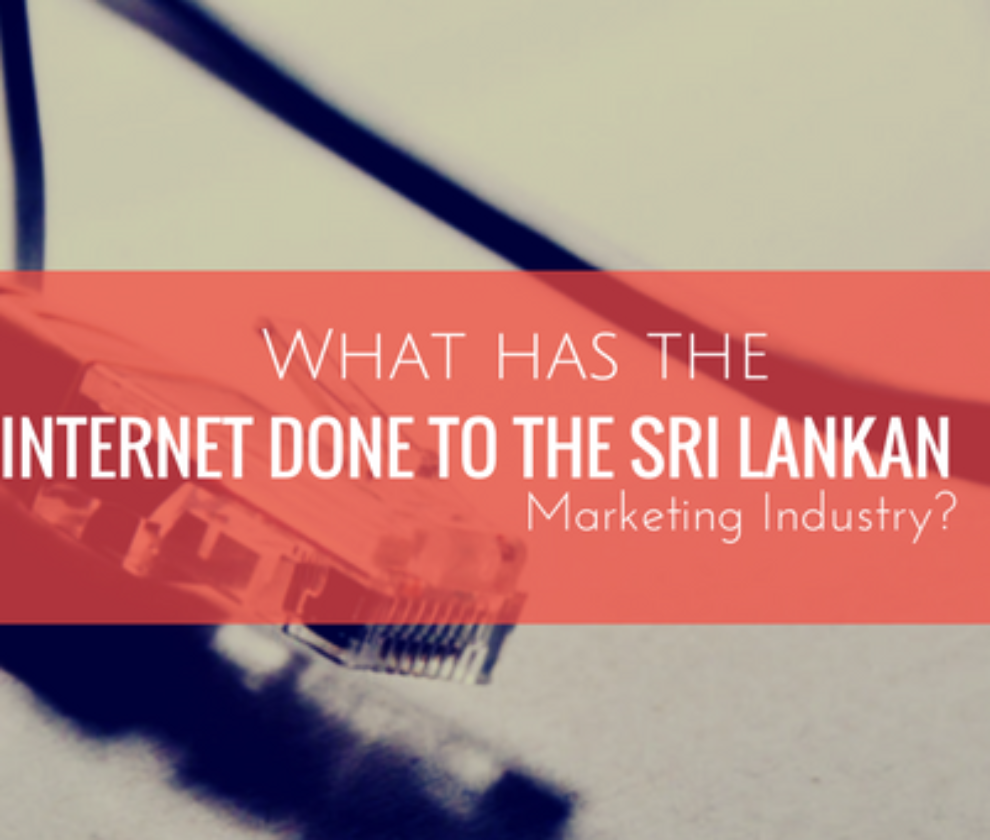Making Future Forecasts With Present Statistics Of Sri Lanka
A tiny island country located in the middle of the mighty Indian Ocean, situated just below the Indian subcontinent, Sri Lanka has diverted the attention of the world towards itself, quite a few times in the past. The reasons may have been myriad – ranging from politics to ethical issues and the most delicate infrastructural, economic and social welfare growth to endemic natural resources. Let’s put all these facts aside for the moment and keep all our focus on the ongoing development of Sri Lanka in terms of Social, Infrastructural and Educational Interfaces.
It is always better to start with statistics, isn’t it? So this is what I accumulated…
In 2014, Sri Lanka claims to have the highest literacy rate of 98.1% as compared to other developing nations which is extremely high. Take a look at the image given below which shows the country’s triumphant position in terms of the literacy rate as compared to its counterparts and other developing nations.
Source: UN Human Development Report 2011
Sri Lanka boasts of a total population of 21 million. From these 21 million people only 20% have access to the internet and are using relative gadgets and utilities without interruption. Scrutinizing the Internet penetration rate of Sri Lanka, I deduct that it is well ahead of its counterparts in South Asia like India, Pakistan, The Maldives, Nepal, and Bangladesh etc. Bearing only a 0.81% of annual population growth, the country maintains an internet penetration growth rate of 9% annually (which is massive). However, this is not to be taken as a booster, but as a motivation to match the current internet penetration rate of Asian tigers like Singapore, South Korea, Taiwan and Hong Kong.
Source: Internet Users by Country (2014) (Adapted)
So much for the statistics, now let’s keep it aside for a moment. We deducted so far that around 20% of Sri Lanka has access to The internet – So what is this 20% up to? I try to unveil the trends, facts, and related marketing implications one by one – check it out.
Mobile Traffic
When I mentioned ‘revealing the facts,’ I wasn’t only referring to facts like Search engines, Browsers, Social Media Platforms and eCommerce etc. In Sri Lanka, electronic devices play a vital role when trying to figure the facts related to the digital reach of the country.
As per StatCounter (one of the largest web analytics services provider), Sri Lanka has surpassed the percentage of online access via desktop (43%) by a massive (57%) from mobile devices such as Smartphones, tablets, phablets etc. In other words, almost 2.5 million users access the internet by using mobiles in Sri Lanka. Back in July 2012, only 16% of Sri Lankans used mobile devices and 84% of them accessed the internet via desktops. Interestingly in the global context, desktops are still the major web traffic source with a whopping 65%.
Can this be taken as an indication that Sri Lankan businesses have to think differently? Consumers are looking for more convenience by using smartphones. When the internet is simply accessible from the pockets of the consumers, what are Marketers supposed to do?
Becoming Social
In contrast to what our grandparents know as being sociable, our generation is giving a new definition to being social. We are socializing with people even remotely while in front of our computers or mobiles. This may be a blessing or a curse, that’s up to each and every Sri Lankan to decide.
With approximate 2,300,000 users (not considering the fake profiles), which is about 11.5% of Sri Lanka’s total population, Facebook is outperforming any other Social Media platform in Sri Lanka. Interestingly as reported by Read Me, an IT online portal in Sri Lanka, there is 1,400,000 male users and 720,000 female users. From this 33% are within the age group of 25-34 years.
Though these latest trends in the Digital arena are becoming more and more ambivalent, let us consider them as opportunities and not complicate matters any further!So what are the marketing implications of these changing trends and growths in Sri Lanka?
Marketing Job Roles in Sri Lanka
The mammoth growth of the internet population of Sri Lanka does not mean you have to quit all your offline marketing efforts and focus only on online channels. Instead, the scenario is becoming complicated and the role of the Marketing personnel is now exigent. In the near future, it is expected that there will be no distinguishing between the roles of marketing staff as Traditional Marketer and Digital Marketer. Alternatively he / she should be able to merge both the channels, online and offline at the right ratio. A particular brand should be visible not only in smart phones, tabs, and desktops, but also equally it should be seen by the consumers in the newspapers, posters, direct mail, and such means. But the important thing that should be kept in mind is the marketing communication message that is to be seen by the potential consumers should be the same in both the channels, but appropriately adapted to the nature of the channel / device it is being communicated through.
Reaching the online population which is 20% at this moment is not enough for a business. It is important to reach the rest of the 80% who will also soon be a part of the ever growing Sri Lankan internet population.
The Websites and Marketing Campaigns
The thinking pattern of having two websites, one for desktop and one for mobiles is no longer even a valid thought. One unique website that the businesses are going to have should be mobile friendly. In the sense, it should not be responsive only for certain dimensions of smartphones. It should be a responsive website for tabs too.
As a consequent of the ever rising mobile users in Sri Lanka, redesigning your website itself or creating a Facebook fan page will not bring business. There are certain strategic movements that should be taken at a rapid pace just like how the internet is rising and mobile devices are influencing the users / consumers.
Similar to your offline marketing strategies like penetrating the market with a lower price, augmenting the product with value additions, distributing not only via own branded store but also through other retail outlets, promoting and positioning only one or two USPs despite all the features of the product, and much more, you have to decide on your strategy to enter the dynamic digital marketing fraternity too.
In most cases, it can be seen that brands with no proper strategic online marketing plans and contingency plans start ad-hoc online marketing campaigns and suffer from tarnished brand reputations.
You have to decide whether you are going to use online marketing as a mean of brand awareness only or as an additional income generating source or the sole selling platform. Depending on your objective your plans should vary adopting relevant online media channels.
Online marketing is not a “me-too product” where you simply copy what others do. Going “Digitalised” does not mean designing a website and creating a Facebook page anymore. Mind you, the efforts without adequate ROI are devastating!
Social Media Marketing in the Sri Lankan Context
It is widely prevalent that the brands who advertise / are active in Social Media profiles like Facebook and YouTube get offended at their marketing staff or agencies for not generating enough and more leads. They have to understand that Sri Lankans still show some degree of hesitation when it comes to making a purchase online. They widely use search engines and especially Social Media profiles to collect as much information as possible. Also, Social Media profiles may or may not work for the nature of your product. However social media profiles are the best in terms of creating and maintaining good rapport with your existing and future customers. Never expect money to flow from these platforms immediately. Instead distribute as much information about your brands as possible.
A recent survey done by Read Me shows surging results for the brands in Sri Lanka. 85% of the users are fans of local brands pages where a considerable 35% of them have liked more than 15 brand pages. Notably 45% of the respondents have responded that they would like to get information from these brands in their timeline. This is good news! Share your brand related message in a creative way for them to stop at your post while scrolling down in the timeline! Remarkably the survey also reveals that 78% of the respondents have admitted that they have been influenced by Facebook in making the purchase decision. Certainly this is great news for brands if this is true. The reason for mentioning “if it’s true” is we as Sri Lankans in most cases fail to reflect our real thoughts in surveys. 🙂
Online marketing is like a knife. You may cut multiple fruits and make a perfect fruit salad or you may end up in hurting yourself after all achieving nothing but getting hurt.







I was always under the assumption that everyone had access to the internet but to find out that only 20% of Sri Lankans have internet access is astonishing! And that’s out of 21 million people? Your site always amazes me with the information you share with us! 🙂
It is pretty crazy to see that such a small number of people were connected before now. All we hear about is worldwide internet and we just assume that it reaches everyone. Knowing these numbers about Sri Lanka, it will be a gold mine for those that are marketing to them.
Incredible information! I was aware that not virtually everyone has internet access, but I figured it would be more than it is. Only 20% of a population consisting of 21 million people is insane, especially here in the United States where everyone and everything is online. Crazy, but definitely makes me appreciative for what I have! Very cool facts.
These are some very interesting stats about the area. I am usually a fan of stats and numbers that can help a person in the marketing industry and these are right up my alley. Thanks for posting this information it was very helpful!
Getting your hands on that 80 percent as the connections grow throughout the area should be the top priority of those that market to that area of the world. If you can get in on the ground floor as the number of connected homes rises, you will be in for a wealthy marketing campaign if done correctly.
hey I’m from Sri Lanka, I’m one of that 20%… its true though most of the country doesn’t have internet access some don’t even have access to telephones because telecommunication companies don’t bother outside the borders of the urban areas . I was fortunate enough to be born in the capital but other than the capital the rest of the country still struggles sometimes even i get surprised when I go on vacation the extent of how much the rest of the country doesn’t know but well it’s improving and the entire country overall is still catching up to the present world, but we’ll get there I guess 🙂
Thanks for the information. I’m also from Sri Lanka from the central province of the country. I too agree with “Dincy”. Most of the people in the rural areas does not have access to fixed lines of telephones or Internet. However I think the 20% should be revised by now. Because when we compare the mobile communication devices sales it should be more. On the other hand improving through the mobile connections is the way to go. Because the per connection cost is low compared to fixed lines to the best of my knowledge. By the way I appreciate if somebody can provide the data divided to geographic districts on internet usage.